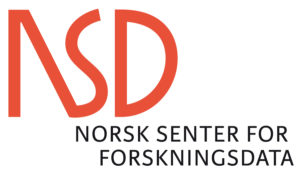Abstract:
Business process modelling enables organizations to understand and optimize workflows by creating visual, data-driven representations of key business operations. However, accurately reflecting real-world business processes requires sophisticated mechanisms and the careful selection of workflow patterns. This article analyzes fundamental workflow patterns, discusses their implementation in various programming languages. A comparative analysis highlights the practical challenges and trade-offs encountered when implementing these patterns. The work aims to guide engineers in developing efficient business modelling tools and optimizing workflow execution.





